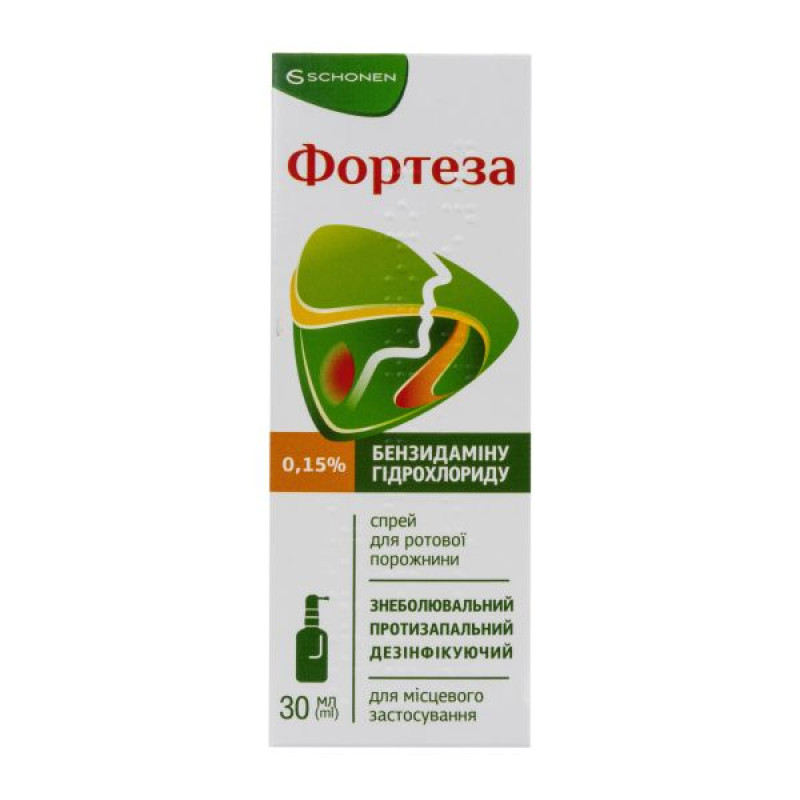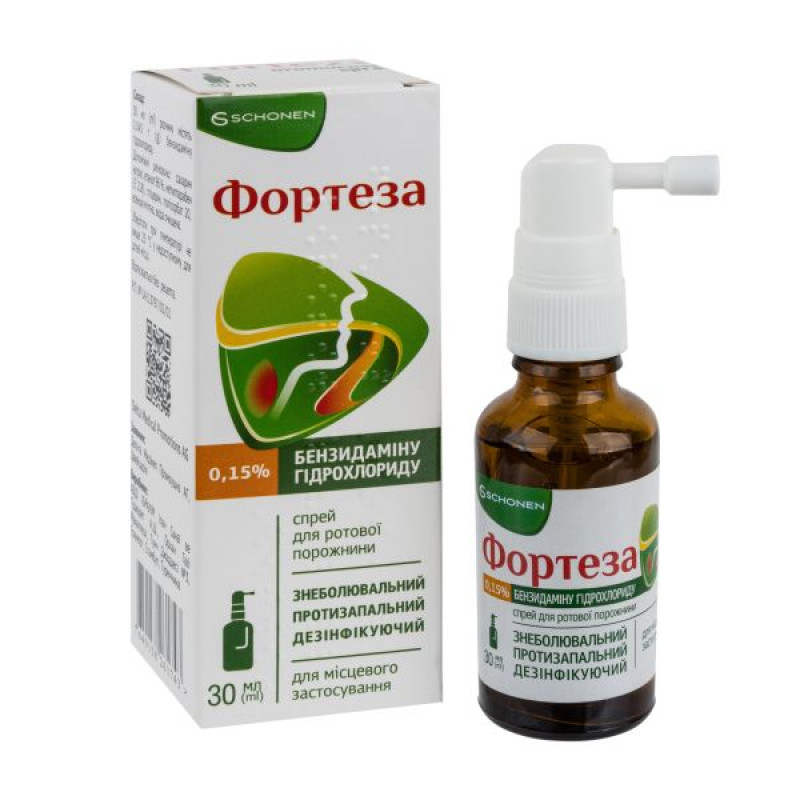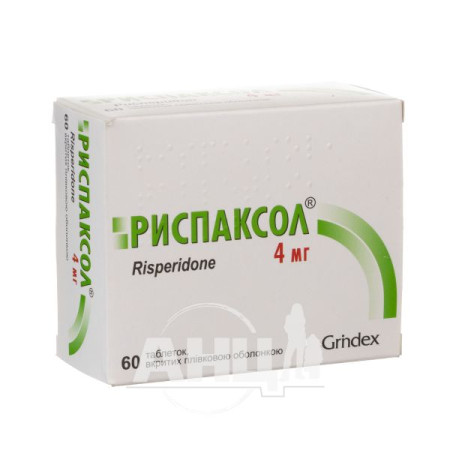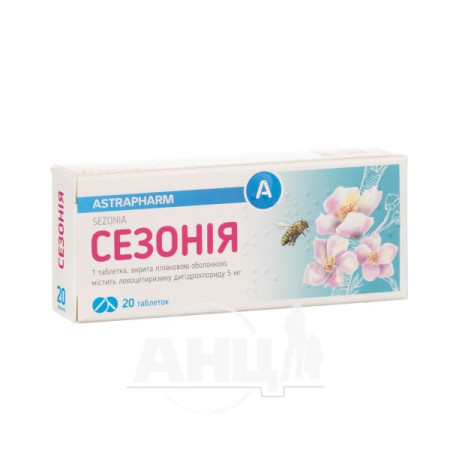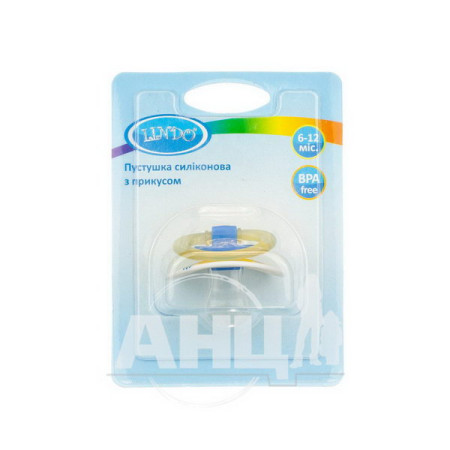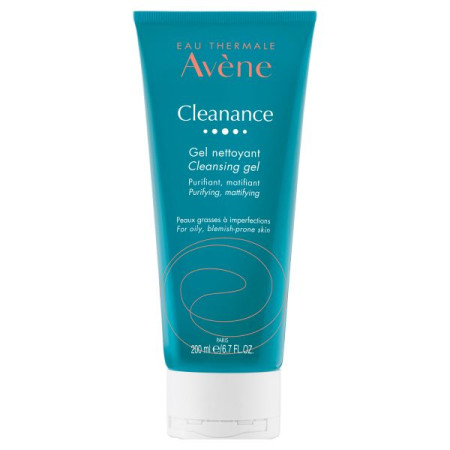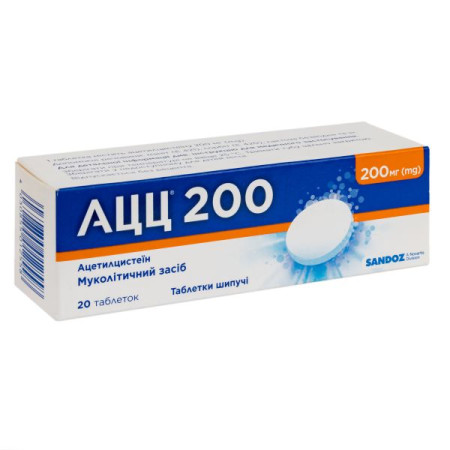Forteza oral spray 0.15% bottle 30 ml
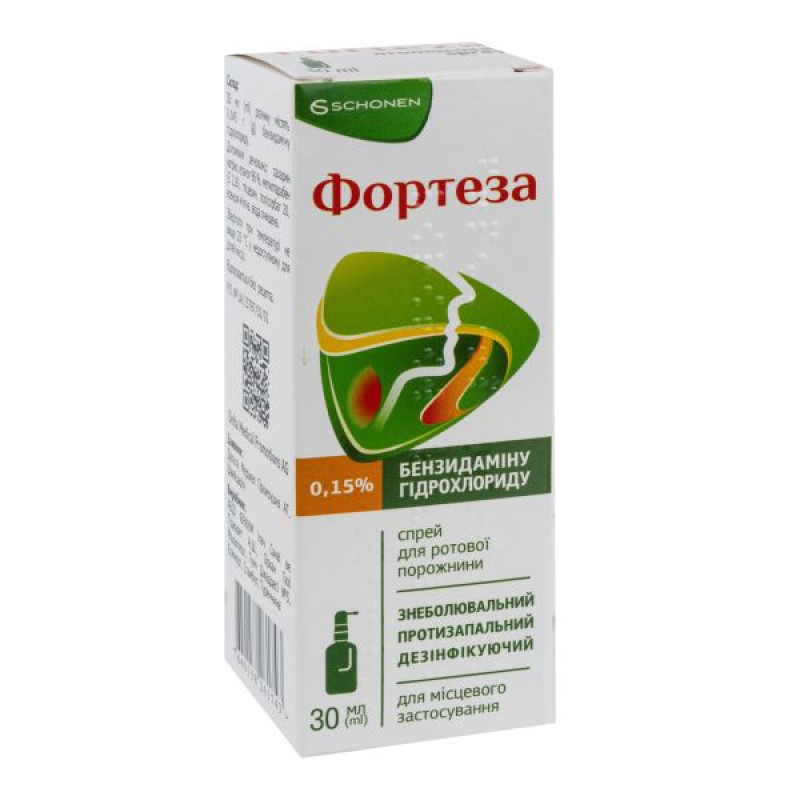
Instructions Forteza oral spray 0.15% bottle 30 ml
Composition
active ingredient: benzydamine hydrochloride;
30 ml of solution contain 0.045 g of benzydamine hydrochloride;
excipients: sodium saccharin, ethanol 96%, methylparaben (E 218), glycerin, polysorbate 20, mint essence, purified water.
The amount of one dose is 0.18 ml, which corresponds to 0.270 mg of benzydamine hydrochloride.
Dosage form
Oral spray.
Main physicochemical properties: colorless, transparent solution with a minty odor.
Pharmacotherapeutic group
Means for use in dentistry. Other means for local use in the oral cavity. ATX code A01A D02.
Pharmacological properties
Pharmacodynamics
Benzydamine is a nonsteroidal anti-inflammatory drug (NSAID) with analgesic and antiexudative properties. In addition, when applied topically, benzydamine acts as a disinfectant and has a local anesthetic effect on the oral mucosa.
Pharmacokinetics
The effectiveness of benzydamine when applied topically is due to its ability to penetrate the epithelial layer and reach effective concentrations in inflamed tissues.
When applied topically at the indicated concentration, benzydamine is absorbed by the mucous membrane, however, its concentration in the blood plasma is so low that it cannot exert any pharmacological effect.
Benzydamine is excreted from the body mainly in the urine in the form of inactive metabolites or conjugation products.
Indication
Symptomatic treatment:
pain caused by gingivitis, stomatitis, pharyngitis; irritations and inflammations of the oropharynx; in dentistry after tooth extraction or for preventive purposes.
Contraindication
Hypersensitivity to the active substance or to any other components of the drug.
Interaction with other medicinal products and other types of interactions
No interaction studies have been conducted.
Application features
If the symptoms of the disease have not decreased within 3 days, the doctor determines the appropriateness of further treatment with the drug.
In cases of sensitivity during long-term use, treatment should be discontinued and a doctor should be consulted to prescribe appropriate treatment.
In some patients, buccal/pharyngeal ulcers may be due to serious pathological processes. Therefore, patients whose symptoms worsen or do not improve within 3 days, or who develop a fever or other symptoms, should seek advice from a physician or dentist as appropriate.
Benzydamine is not recommended for use in patients with hypersensitivity to acetylsalicylic acid or other NSAIDs.
The use of the drug may cause bronchospasm in patients with bronchial asthma or with a history of bronchial asthma. Such patients should be warned about this.
For athletes: the use of medicines containing ethyl alcohol may give a positive result in an anti-doping test, taking into account the limits set by some sports federations.
Avoid contact of the drug with the eyes.
Ability to influence reaction speed when driving vehicles or other mechanisms
When used in recommended doses, the drug has no effect on the ability to drive vehicles and operate machinery.
Use during pregnancy or breastfeeding
There are currently no adequate data available on the use of benzydamine in pregnant or breastfeeding women. The ability of this drug to pass into breast milk has not been studied. Animal data are insufficient to draw any conclusions regarding the effects of this drug during pregnancy or breastfeeding. The potential risk to humans is unknown.
Forteza, oral spray, should not be used during pregnancy or breastfeeding.
Method of administration and doses
Dosage
Adults: 4-8 sprays 2-6 times a day.
Children (6-12 years): 4 sprays 2-6 times a day.
Children (4-6 years): 1 spray for every 4 kg of body weight, up to a maximum dose equivalent to 4 sprays 2-6 times daily.
Do not exceed recommended dosages.
Children
The drug can be used in children aged 4 years and over.
Overdose
There have been no reports of overdose with topical benzydamine.
However, it is known that benzydamine, when taken internally in large doses (hundreds of times higher than the possible doses of this dosage form), especially in children, can cause agitation, convulsions, tremors, nausea, increased sweating, ataxia, vomiting. Such an acute overdose requires immediate gastric lavage, treatment of water and electrolyte imbalance and symptomatic treatment, adequate hydration.
Adverse reactions
Adverse reactions are classified according to their frequency of occurrence: very common (≥ 1/10); common (≥ 1/100 to < 1/10); uncommon (≥ 1/1000 to < 1/100); rare (≥ 1/10,000 to < 1/1000); very rare (< 1/10,000); frequency unknown (cannot be estimated from the available data).
Gastrointestinal: rarely - burning sensation in the mouth, dry mouth; frequency unknown - oral hypoesthesia, nausea, vomiting, swelling and discoloration of the tongue, taste changes.
On the part of the immune system: rarely - hypersensitivity reaction; frequency unknown - anaphylactic reaction.
Respiratory, thoracic and mediastinal disorders: very rarely - laryngospasm; frequency unknown - bronchospasm.
Skin and subcutaneous tissue disorders: uncommon - photosensitivity; very rare - angioedema; frequency unknown - rash, itching, urticaria.
Nervous system: frequency unknown - dizziness, headache.
Forteza contains methyl parahydroxybenzoate (E218), which may cause allergic reactions (possibly delayed).
Expiration date
3 years.
Storage conditions
Store at a temperature not exceeding 25 °C out of the reach of children.
Packaging
30 ml of solution in a glass bottle with a sprayer. 1 bottle in a cardboard box.
Vacation category
Without a prescription.
Producer
Abdi Ibrahim Ilach Sana ve Tijaret A.S.
Location of the manufacturer and its business address
Orhan Gazi Mahallesi, Tunç Caddesi No. 3, Esenyurt, Istanbul, Turkey.
There are no reviews for this product.
There are no reviews for this product, be the first to leave your review.
No questions about this product, be the first and ask your question.







